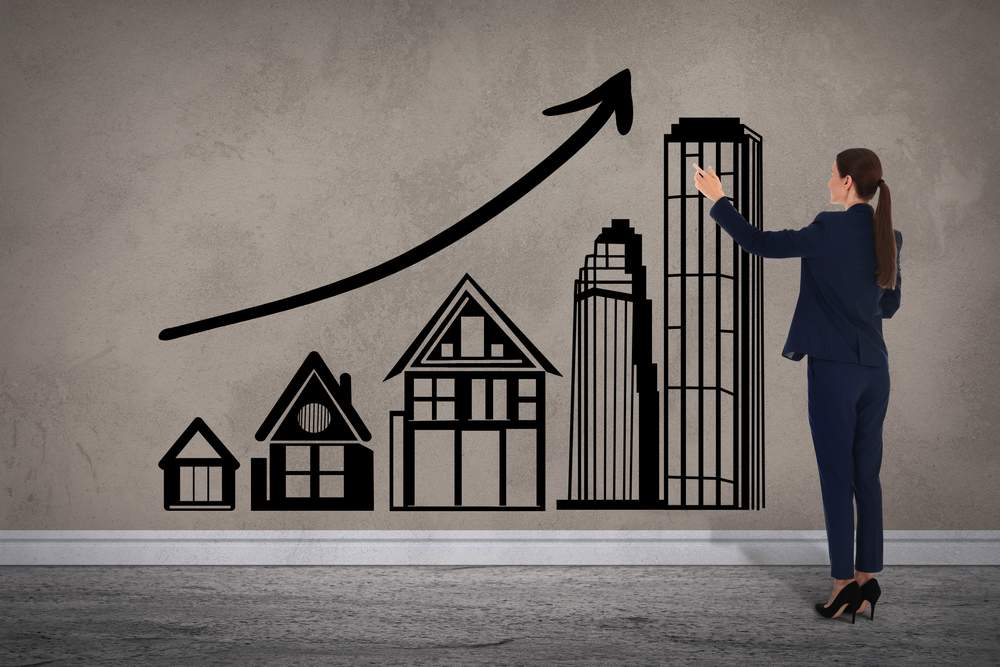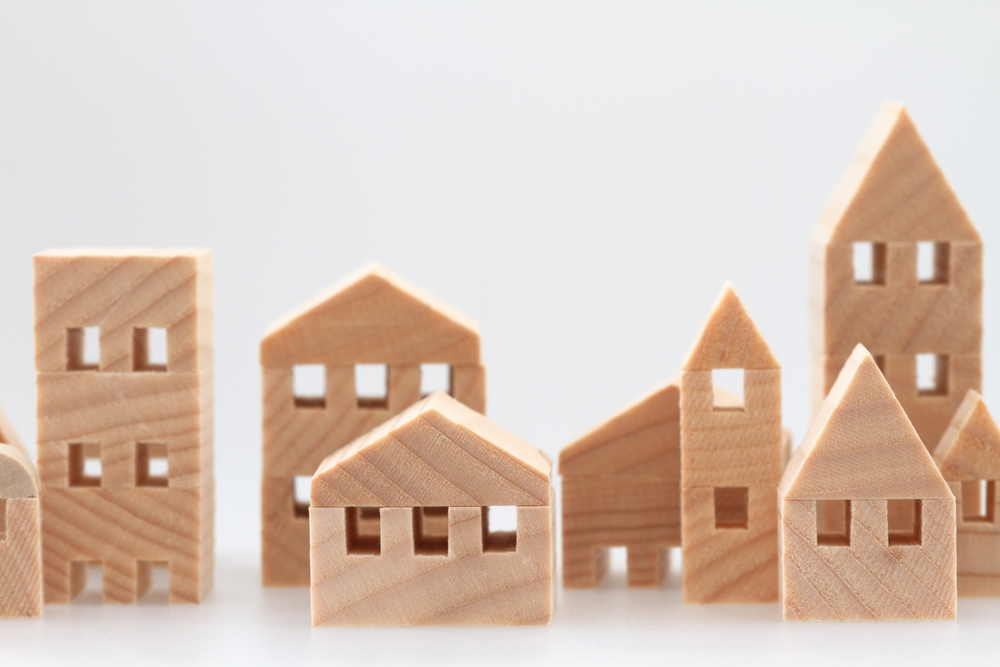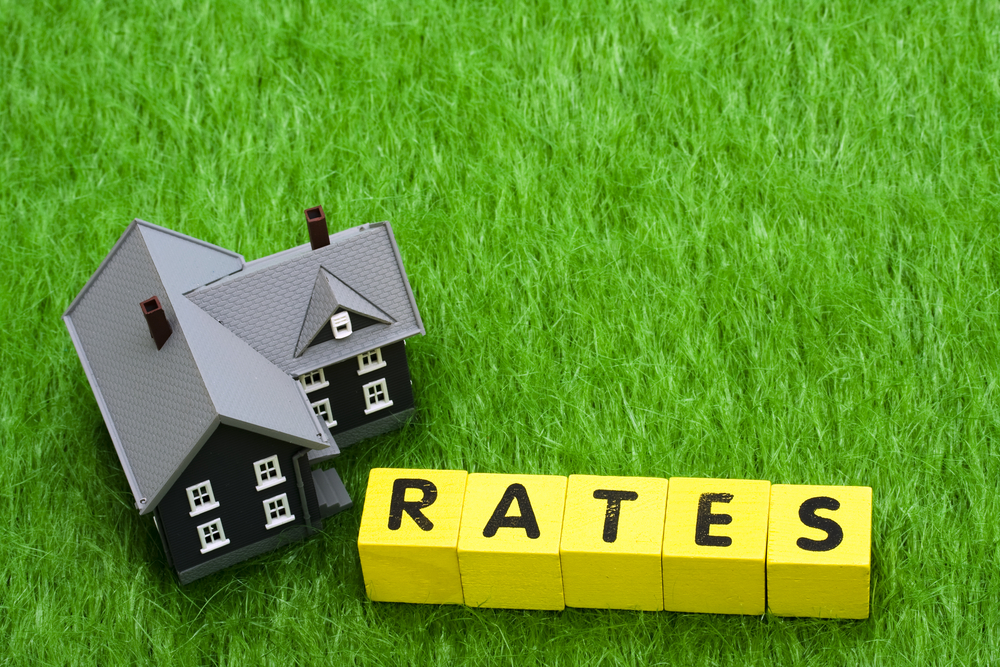
2020 proved to be a very strange year indeed with the pandemic capturing the headlines every day and the economic consequences of the lockdowns impinging on every aspect of daily life.
However following an initial hiatus in the Spring the housing market bounced back strongly – and somewhat surprisingly – as evidenced by the statistics provided by some agents, lenders and the Land Registry.
It is worth taking a closer look at some of these statistics and what they might tell us about government policies in relation to the housing market and mortgage lending.
For example it seems likely that in most parts of the country any savings purchasers made as a consequence of the Stamp Duty holiday were wiped out by the increased price they had to pay for the house.
Sources
The Land Registry recorded a 7.6% increase in average house prices (with all these statistics ‘houses’ include flats) with the average property price for the UK reaching £249,633 in November.
The Land Registry uses completed sales transactions so there is a time lag before its statistics are updated. The Nationwide index rose 7.3% to £230,920 in December. The Halifax index finished the year 6% up at £253,374.
Behind the main statistics there were considerable regional variations. The Land Registry average house price in England was £267,000, Wales £180,000, Scotland £166,000 and Northern Ireland £143000. In London average prices exceeded £500,000.
There are other sources of house price information. If you are interest in the top 5% of the market including country houses you can subscribe to one of the specialist property market reports prepared by agents such as Savills.
These reports also painted a picture of a booming market and price increases in many parts of the country.
The picture
So what has been going on? Conventional wisdom would suggest that in a period of economic uncertainly, rising unemployment and eye-watering levels of government borrowing we would see a fall in property prices or at the very least a much subdued market.
The Land Registry statistics are based on all completed sales many of which are cash sales that do not involve a mortgage.
Cash sales tend to take place at the higher end of property market chains and include larger type houses in the country so the Land Registry shows the greatest increase and the highest average price.
The Halifax and Nationwide statistics are based only on transactions involving a mortgage. Typically about a third of sales are for cash and this proportion is even higher in retirement areas.
The Nationwide index is statistically weighted to compensate for this so we have the Land Registry saying prices have risen 7.6% and Nationwide closely shadowing this saying 7.3%.
Halifax is much lower at 6% although the Halifax average price is higher than the Nationwide’s. What they all agree is that 2020 saw a significant increase in house prices.
Interest rates
The main factor driving the housing market is the current historically low level of interest rates and the fact that mortgage lenders were able to continue to support the market by lending throughout the pandemic.
Much ingenuity was devoted to ensuring that socially distanced property valuations and mortgage application processes were completed.
These low interest rates will not last forever but they do currently bolster affordability and borrowers who are fearful of an interest rate hike can currently opt for a fixed rate extending some years into the future. This combination of low and fixed rates is historically quite unprecedented.
Rural retreat
The second factor, supported by much anecdotal evidence from estate agents, has been the sudden desire of people struggling to work at home to “escape to the country”.
We seem to be seeing home working not just as a temporary phenomenon driven by the pandemic but a long term trend. Many home workers will not be going back to the office when this is all over.
Buyers seeking a country property have been bidding against one another in a fairly thin market. With not much on offer there has been a predictable increase in asking prices as vendors got wind of this increased demand and a reluctance to negotiate downwards.
It will be interesting to see how 2021 pans out as more property market statistics continue to be published. I am expecting things to be much more subdued.
Peter Glover is a surveyor and author of ‘Building Surveys’ and ‘Buying a House or Flat’



